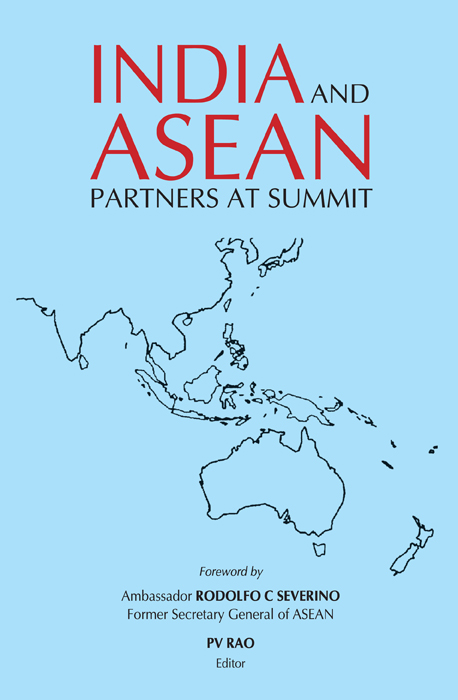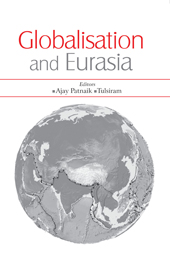Subjects
Recent View(s)
India and ASEAN: Partners at Summit
P V Rao
India's relations with ASEAN have surpassed the original contours of the Look East policy. ASEAN has been used by India as a springboard to reach out into the wider Asia-Pacific region. India's early diplomatic initiatives and the various steps through which she graduated to the Summit level with ASEAN are thoroughly analysed in this book. Association with the ASEAN has enabled India to gain access to several regional and multilateral forums such as the ARF, East Asia Summit and ASEM. As a matter of fact, interaction with ASEAN has fuelled greater dynamism to India's regional multilateralism in contrast to that by SAARC. Certainly, the scope and level of India's involvement in ASEAN are greater than that with the South Asian regional forum. Summit status with ASEAN (ASEAN Plus One) has enlarged India's involvement in many sectors, not just economic and political, of the member countries. The India-ASEAN Partnership Agreement (2004) laid out a broad canvass of intersectoral engagement between the parties. The book discusses the potentialities and limitations of the cooperative areas chartered bythe Partnership.
This book is an exercise, by regional specialists, in assessing the different dimensions of India-ASEAN relations. As Asia-Pacific has become the foci of great power involvement, one cannot ignore the relevance of such involvement to the India-ASEAN relations. For, dealing with ASEAN means engaging its individual member countries as well as those other powers and forums affiliated with that organisation. Hence, India's relations with the individual countries, ASEAN's affiliated bodies as well as the impact on India of great power relations, say China, with the ASEAN are broadly debated. Just as India's rapid engagement with ASEAN is a matter of concern to the regional powers, New Delhi too would have equal reason to take cognizance of the role and relevance of other powers in ASEAN.
The book attempts to deviate from an economic-centric treatment of the India-ASEAN engagement Much of the existing literature overemphasized the economic content of the mutual intercourse. While trade and investment no doubt had been a core objective of the Look East drive into Southeast Asia, the strategic dimension was not a secondary objective. Geo-politics, like geo-economics, as much was the driving force behind India's Eastern drive. Hence, bilateral and regional geo-political aspects of the bourgeoning Indian involvement in the Asia-Pacific are debated at length. It is a serious attempt to view the Indian engagement with ASEAN from the perspective of academia, diplomats, policy-makers, regional and country specialists. The critical essays carried by this book offer valuable inputs to scholars interested in looking at India's Look Eastpolicy from either side of the Straits of Malacca.


 Political Science
Political Science



